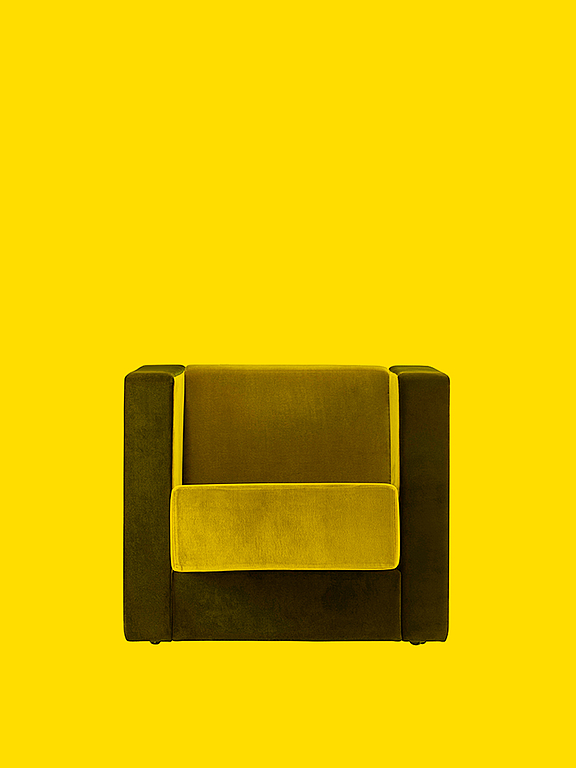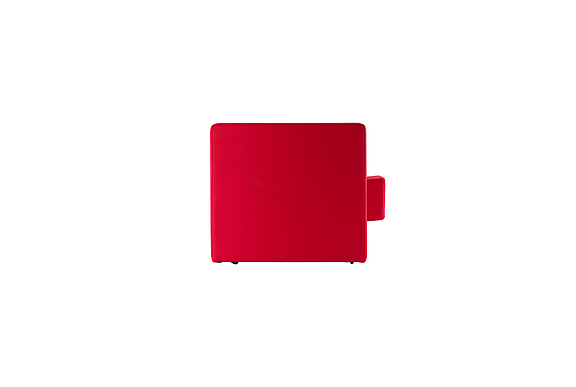
D1
Cube
Bauhaus Original
Peter Keler
1925
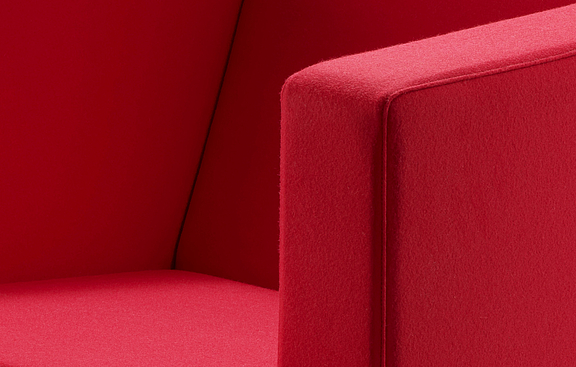
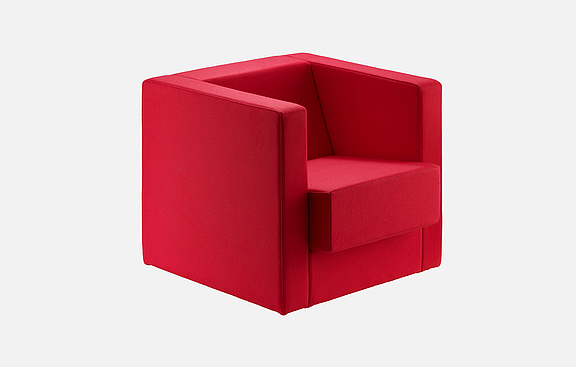
D1
Long live the new cube!
Frame
Wood frame with castors, rubber straps
Cushion
Loose cushion, fabric or leather
Dimensions (cm)
Width: 80
Depth: 72
Height: 66
Seat height: 41
When Peter Keler designed the D1 armchair in 1925, he pursued a radical approach: he wanted to translate the clarity of a cube into a piece of furniture – and one that was meant to be comfortable. Keler developed the cube armchair as a prototype at the State Bauhaus Weimar. It was intended for the Red Cube, a house designed by his friend, the architect Farkas Mólnar in 1923. The red residential cube, also known as the “Red Dice”, was created for “Haus am Horn” in Weimar with large windows and an appended glass walkway.
“Long live the new cube: the world's first dice-shaped house – Kuri”, gushed the Kuri Group at the Bauhaus.
The first prototype of the D1 still exists today: covered in red leather, the original is featured at the Cantilever Chair Museum in Lauenförde. After a long and intensive collaboration with Tecta, Peter Keler decided to donate his prototype to the collection. This prototype has a curious detail: under the armrest there is a visible seam. A trick to conceal the fact that the designer had run out of leather for the prototype.
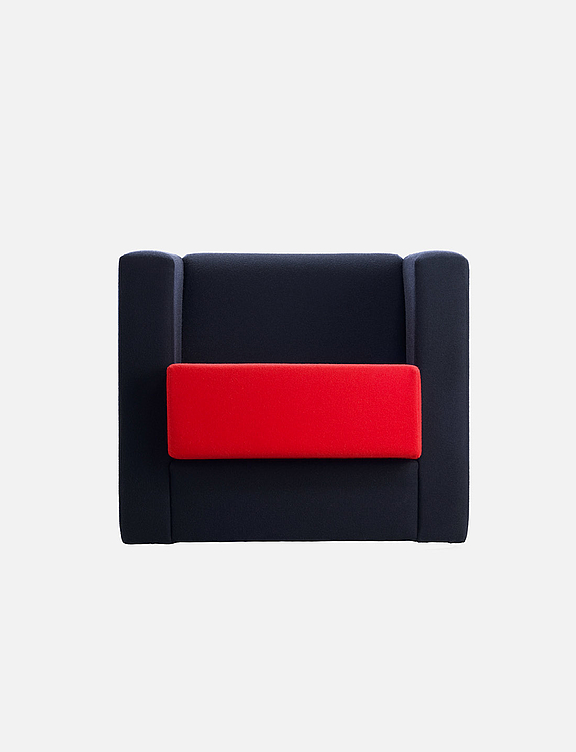
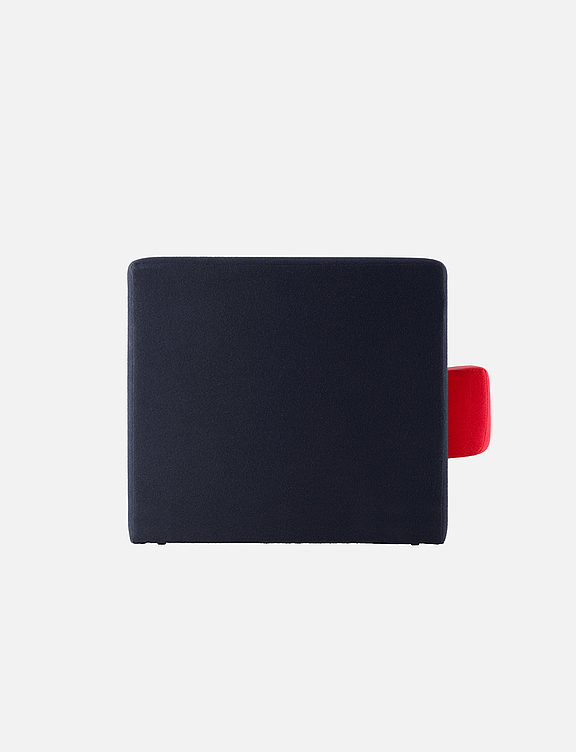
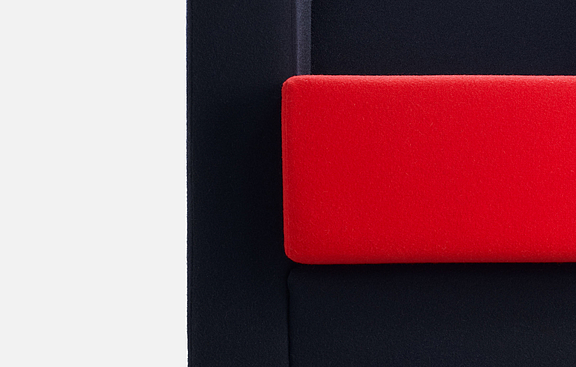
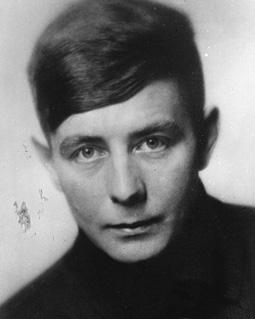
Peter Keler is one of the key thinkers who had a lasting impact on Tecta's Bauhaus DNA. Starting with the very first contact between Peter Keler and Axel Bruchhäuser in 1975. Keler lived in Weimar, where he held a professorship at the College of Architecture and Fine Arts for many years and later worked as a freelance architect and artist. Delighted to hear that Tecta wanted to produce his cradle, he gifted his original hand-coloured design to Axel Bruchhäuser. The cradle had meanwhile become a symbol of the Bauhaus. In 1923 Peter Keler had developed its legendary design, consisting of a circle, triangle and square, based on Wassily Kandinsky’s synaesthetic colour and form theory.
One year earlier, in 1922, Keler had joined the KURI Group (constructive, utilitarian, rational, international), which was active at the Bauhaus.“My bauhaus tecta journey is still alive in all my mind and bauhaus KURI bones,” wrote emeritus professor Peter Keler about his work and annual trips from East Germany to Tecta in Lauenförde.
Born in 1898, the Kiel-native already gravitated towards like-minded thinkers at an early age. The vision of transforming all aspects of life is reflected in his work as a painter, graphic artist, architect, photographer and furniture designer. In 1921, he left Worpswede for Weimar – like fellow artist Wilhelm Wagenfeld. Peter Keler enrolled at the Bauhaus, attended the preliminary course taught by Johannes Itten, and studied mural painting under Schlemmer and Kandinsky.
From 1975 Peter Keler worked as a “tecta employee” – as he described himself – for around seven years. In 1981 he wrote to Paul Klee’s son, Felix Klee in Bern, a German-Swiss art historian and painter, signing his letter from Lauenförde with “tecta -new bauhaus” as his address. In doing so he inadvertently laid the foundations of the current BauhausNowhaus campaign, the company’s way of showing that the ideas of the Bauhaus are still as relevant as ever and must be constantly thought forward.
The friendly cooperation with Tecta’s Axel Bruchhäuser was marked by conversations, visits, letters and joint trips, for example a visit to Erich Brendel in Wedel near Hamburg. Keler also played a significant role in a rather curious story: he helped Axel Bruchhäuser obtain the prototype of the first folding chair designed by his friend Marcel Breuer. Prof. Edmund Kesting had bought Breuer’s chair from the “Neue Kunst Fides” Gallery in Dresden in the late 1920s, and hidden it in Ahrenshoop during the Nazi era, rescuing it as “degenerate art” over two dictatorships. In order to successfully ship the valuable armchair from East Germany to Lauenförde, he resorted to a trick: the old frame was declared a used clothes horse and sent to Axel Bruchhäuser's mother. Thus, it evaded border control as a commodity. In 1976
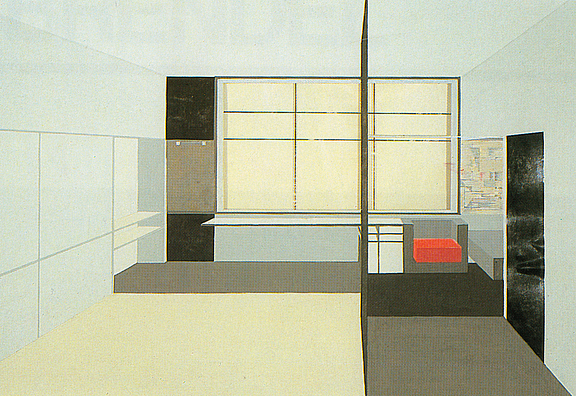
Bauhaus
Reinterpretation
